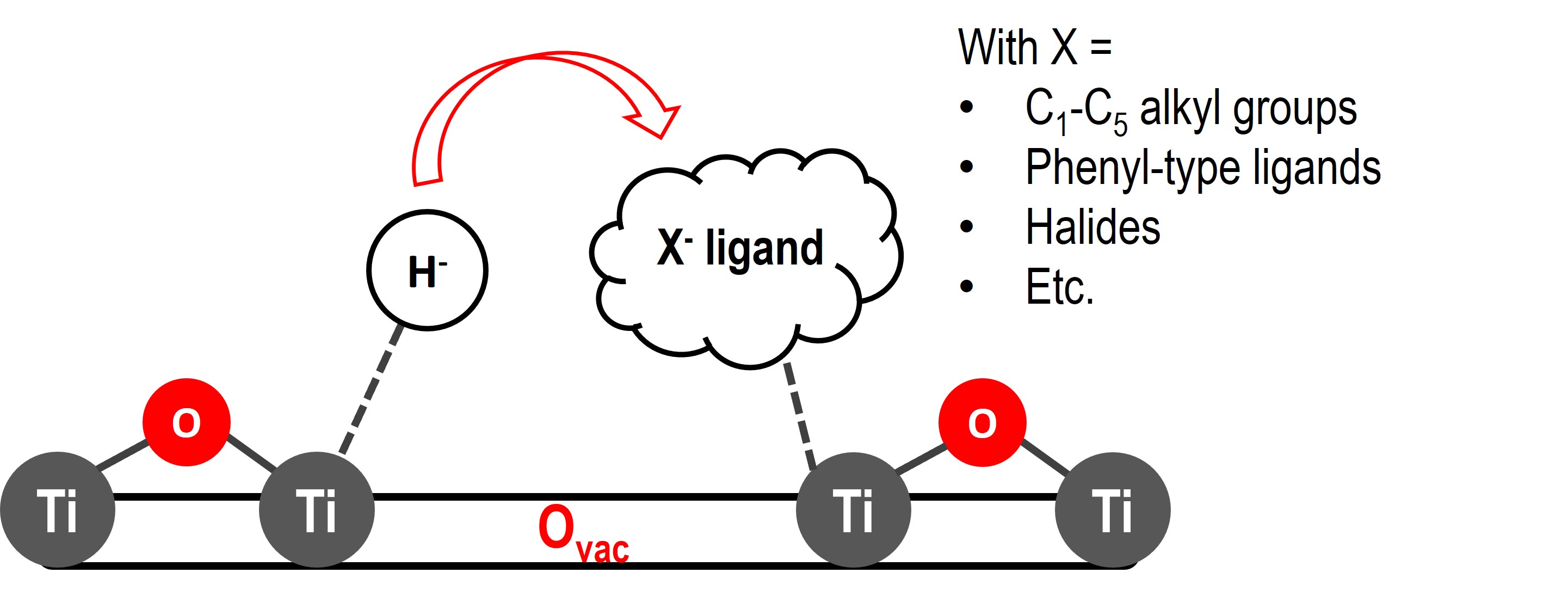2023 AIChE Annual Meeting
(679c) Generalized Trends of Hydride-Mediated C-H Bond Formation on TiO2-Supported Single Atom Catalysts
Authors
We use density functional theory calculations to examine the co-adsorption of hydride species in oxygen vacancy sites, together with monoanionic ligands such as halides, alkyl, and phenyl-type groups. We demonstrate that C-H formation can proceed from this hydride co-adsorbed state, providing a kinetically feasible mechanism from a thermodynamically stable precursor. We introduce case studies of how hydride addition with negatively charged aromatic ligands such as benzoate to generalize how C-H bond formation may occur on TiO2-supported single atom catalysts. Moreover, we investigate how the reduction of TiO2 in the form of oxygen vacancies and Ce-atom doping can facilitate these hydride addition mechanisms. Finally, we propose generalized trends and rational design principles that link the electronic behavior of these metal oxide catalysts and their potential for favorable hydride-ligand bond formation to occur.
(1) Hu, J. et al., J. Phys. Chem. C 2022, 126 (17), 7482â7491.
(2) Liu, K. et al., Cell Rep. Phys. Sci. 2022, 3 (12), 101190.
